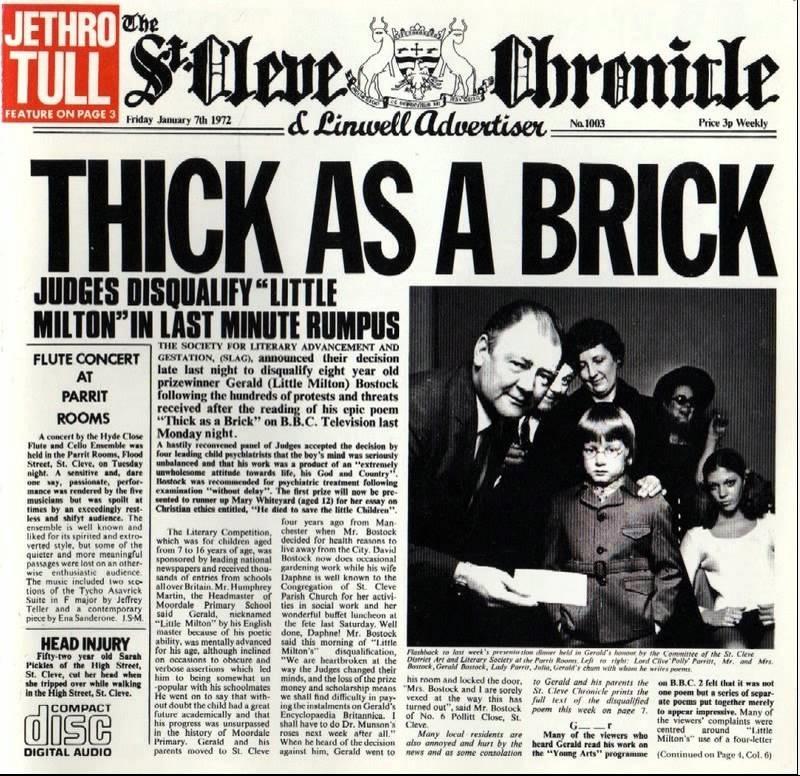By Cole Altmayer and Mandi Hall, entertainment editor and staff writer
“The Outsiders” still gold after 34 years
Gang against gang. Greasers against Socs. Lower class against the upper crust. Sure, they fight constantly, but does anyone ever truly win? Sometimes it takes a true classic to really show that “things are rough all over.”
“The Outsiders” is a 1983 film based on an S.E. Hinton novel of the same name. Despite its old-fashioned look and 1960’s setting, “The Outsiders” is an exciting story even for teens of the 21st century.
The story centers on Ponyboy Curtis (yes, that is his real name), and his life as a “Greaser,” a slang term used to describe the lower-class folk of the time. The greasers are in a constant battle against the spoiled rich kids, dubbed “Socs,” which is short for socials.
Ponyboy lives with his two older brothers after his parents were killed in a car wreck, and his life is more or less normal day to day until a squabble with the socs results in someone dead. The fight ends with Ponyboy and his close friend Johnny on the run for their lives, the beginning of a journey that neither would return from the same.
Hinton’s book is one that many students read in middle school, and it’s a story of hardship, innocence and identity. The characters, though grouped by their social classes, each have their own distinct personalities and struggles that are linked together in a clever way.
The characters themselves, from the protagonist Ponyboy, to his best friend Johnny, to the big brother Darry, to the hard-headed criminal Dally, are vital to the story, and this is something that the movie utterly nailed.
Now, there are two different versions of the movie, the original that came out in 1983 and a reboot, called “The Outsiders: The Complete Novel,” with some added deleted scenes that was released in 2005. The second also changes some of the soundtrack of the original to a more ‘60s playlist. While the original film still tells a powerful story, the deleted scenes add a whole new level of emotion and depth to the movie, sticking more closely to Hinton’s original story.
The movie stars C. Thomas Howell as the leading greaser Ponyboy, who also starred in “E.T.” and the original version of “The Hitcher”, but he’s probably the least well known actor of the cast, at least by today’s standards. The film also features Patrick Swayze, Rob Lowe, Emilio Estevez, Matt Dillon, Diane Lane and Ralph Macchio (also known as the Karate Kid). All five of these men became very famous for other roles after this film.
And let’s not forget to mention Tom Cruise’s role. Cruise plays Steve, one of the minor characters in the film. Seeing Cruise play a greaser from the 60’s is a sharp contrast from his type-cast roles these days. It’s quite interesting to see the days before Ethan Hunt.
Is the film perfect? Of course not. There are a few moments here and there that the actors could have done differently in order to create a more profound effect, and there are a couple places where the music seems a little bit off from the occurring events. However, that doesn’t mean that it isn’t worth watching.
Anything in the media that stands the test of time, whether it be a book, movie, music or something else, stands for a reason. “The Outsiders,” at its core, is a story about the life of some teenagers who go through some hard things.
Contrary to Robert Frost’s poem “Nothing Gold Can Stay” (referenced throughout the movie) perhaps a couple things can stay gold after 34 years.
“Thick as a Brick” rewards patience with greatness
It’s quite ironic that Jethro Tull’s 1972 album “Thick as a Brick” accidentally became one of the most defining albums of the progressive rock genre — a genre famous for having virtually no accidents.
Every note and lyric of progressive rock is carefully calculated and scrutinized. It’s the antithesis to punk, as it trades raw emotion and untamed sound for intricate musicianship and poetic lyricism. Even the structure of progressive rock music betrays every nuance of average pop: it eschews traditional verse-chorus-verse structure and replaces it with dynamic songs that recall the epic movements of classical music or even the improvisation of jazz. Pink Floyd is among the genre’s most notable examples, but Yes and King Crimson are other influential groups that were held in high renown.
Yet Jethro Tull, originally a folk rock band from England, stepped into the progressive rock scene pretty much as a joke. And eventually, they managed to turn it into their domain.
It all began as a response to a slew of fan theories about their previous album, “Aqualung,” being a concept album. For the uninitiated, a concept album tells a unique story throughout each of its songs, creating a unique album experience that is more than the sum of its parts. The band never had the intent of writing “Aqualung” as a concept album to begin with, but frontman Ian Anderson was inspired to make their next album one, as a way to humor the fanbase.
Jethro Tull’s approach to making a concept album was quite novel and almost entirely out of left field; instead of writing tracks that tell come together to a story, Jethro Tull’s songwriter and frontman Ian Anderson penned a single 40 minute song that spans the entirety of the album’s runtime.
“Thick as a Brick” demands outright that you listen to the album from cover to cover within a single sitting. While most rock albums are best enjoyed that way anyway, most of them don’t make as much of a statement out of it as “Brick” does. The length of the track makes it progressive rock by necessity rather than choice, as most pop choruses are barely strong enough to carry a track of five minutes or greater, much less 40.
“Brick” is structured like a classical piece, an ever-changing and organic mass of riffs, melodies, and rhythm that remains cohesive throughout its entire runtime. The album begins with nothing but Anderson’s vocals and a rustic acoustic guitar riff that give the sense of the dawn of a great adventure. This sense of adventure is never lost as the song warps from passage to passage, even as it becomes more and familiar after repeat listens. Despite the initially daunting length, this album is among the most accessible and immediately likable of the whole genre, due to its lighthearted nature and relative lack of any wild sonic experiments, such as the noise or polyrhythms of their contemporaries such as King Crimson.
The use of instrumentation is also still distinctively Jethro Tull, despite the genre-hop into progressive rock. There is extensive use of piano and acoustic guitar that retain their classic folky feel, as well as masterful use of flute, which is a sort of staple instrument for Ian Anderson. However, more unusual instrumentation such as string sections and xylophones also are thrown into the mix, and help fill out this transition into the more symphonic progressive rock genre.
Lyrically, this album shines, especially in contrast with other progressive rock acts that often get a bit too metaphysical and fantastical for their own good. “Brick” riffs on these themes yet keeps a careful distance from them as well, as the driving concept behind the album is that it depicts an epic poem written by fictional eight-year old Gerald Bostock, seemingly a jab at the lyrical maturity of other progressive rock groups.
Not only does the album portray this childlike nature through lyrics that plead for “Superman for president,” but it also utilizes the album cover art itself to tell the story of Bostock. The cover is a fictional news article detailing Bostock’s disqualification from a poetry contest due to a “last minute rumpus” due to the inappropriate nature of his poem. Original copies of the album come with a full-fledged mock newspaper, complete with a review of the album from Anderson himself.
While many other progressive rock albums have attempted to recapture the grandiosity of classical music through a rock-and-roll lens, I have yet to hear very many as successful as “Thick as a Brick.” It’s a lesson in not taking your art too seriously. Progressive rockers have a tendency to tote their musicianship and their musical complexity as proof of their quality, yet they end up ultimately making lifeless music. “Thick as a Brick” took a different approach, by bringing the folk roots they were known for to a massive scale no one expected from them.
They brought their fans the concept album they thought “Aqualung” was supposed to be. And it’s still a masterpiece that can be appreciated today; that is, if you have 40 minutes to spare.
Categories:
Classic Corner: The Outsiders and Jethro Tull
April 11, 2017
0
Donate to ProspectorNow
This coming fall, we plan on traveling to the 2025 National High School Journalism Convention in Nashville, Tennessee, where we'll learn from professionals and get better at what we do: making the best multimedia student journalism in the state. If you've ever found anything of worth on this website, please consider donating to offset the cost.






































































